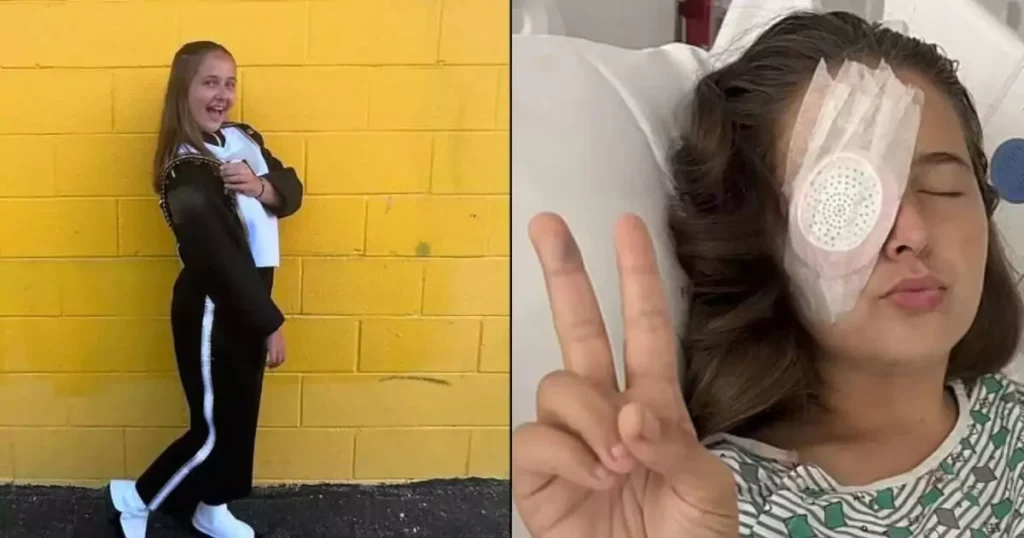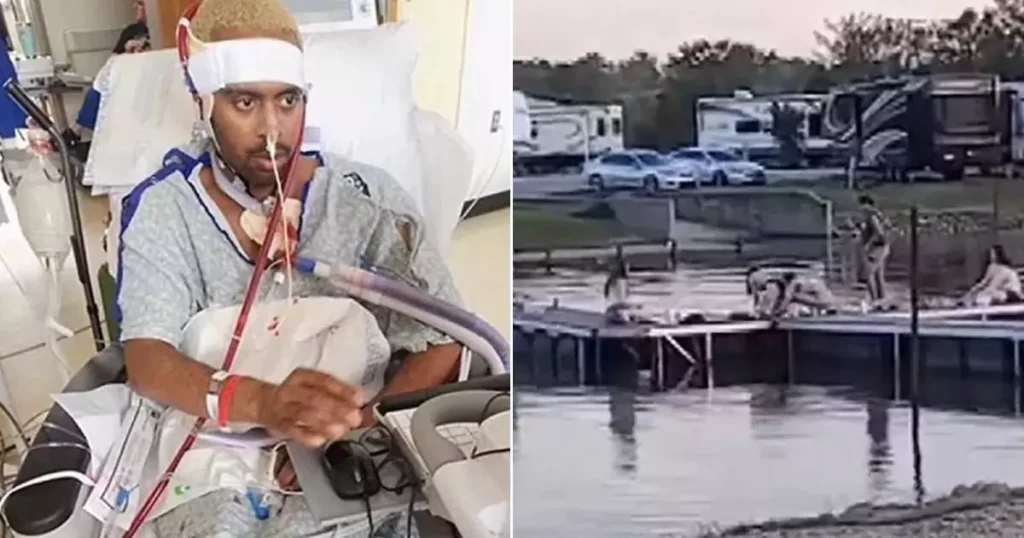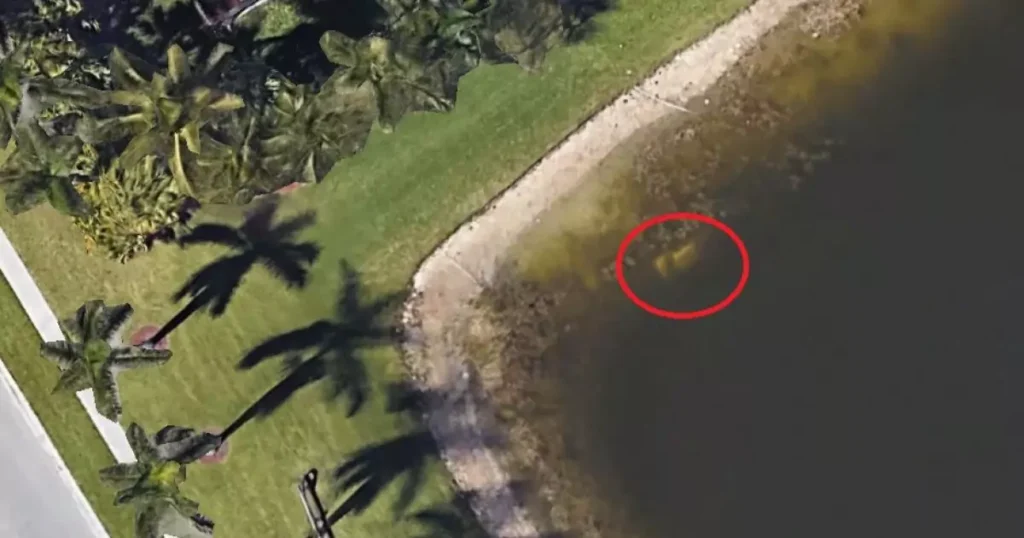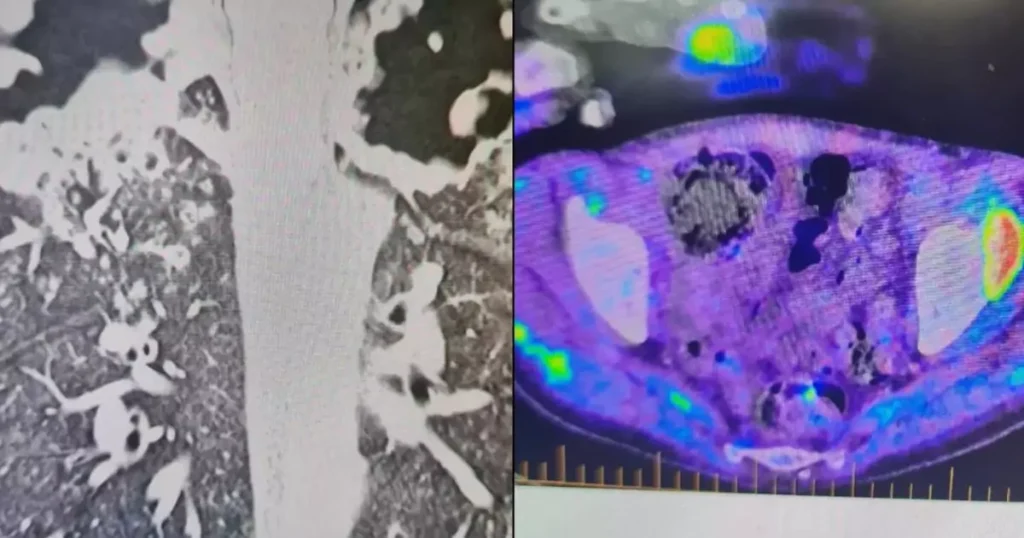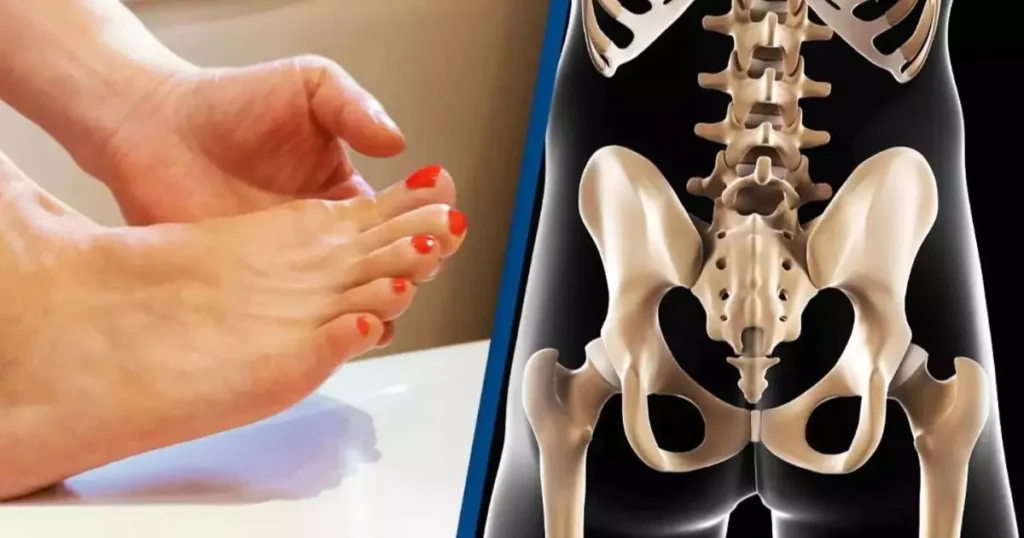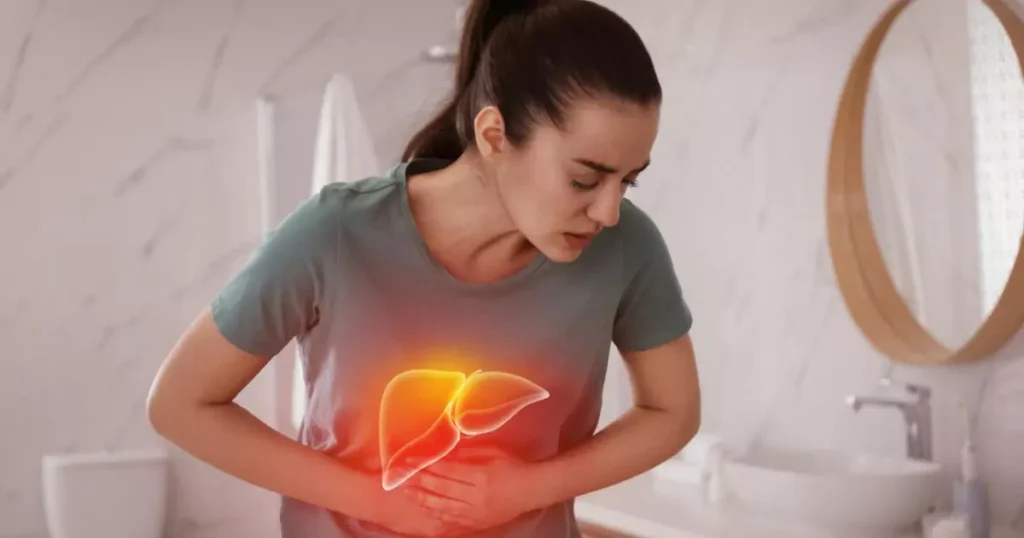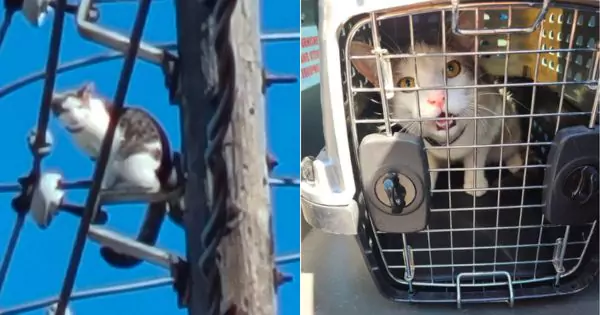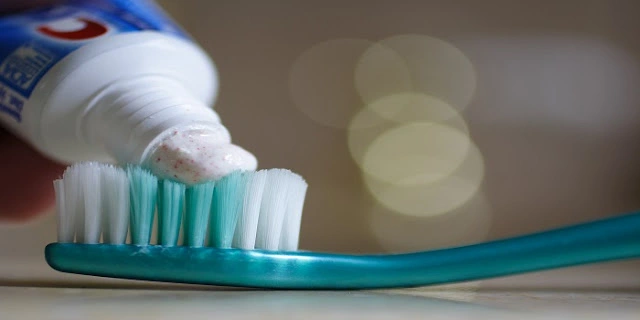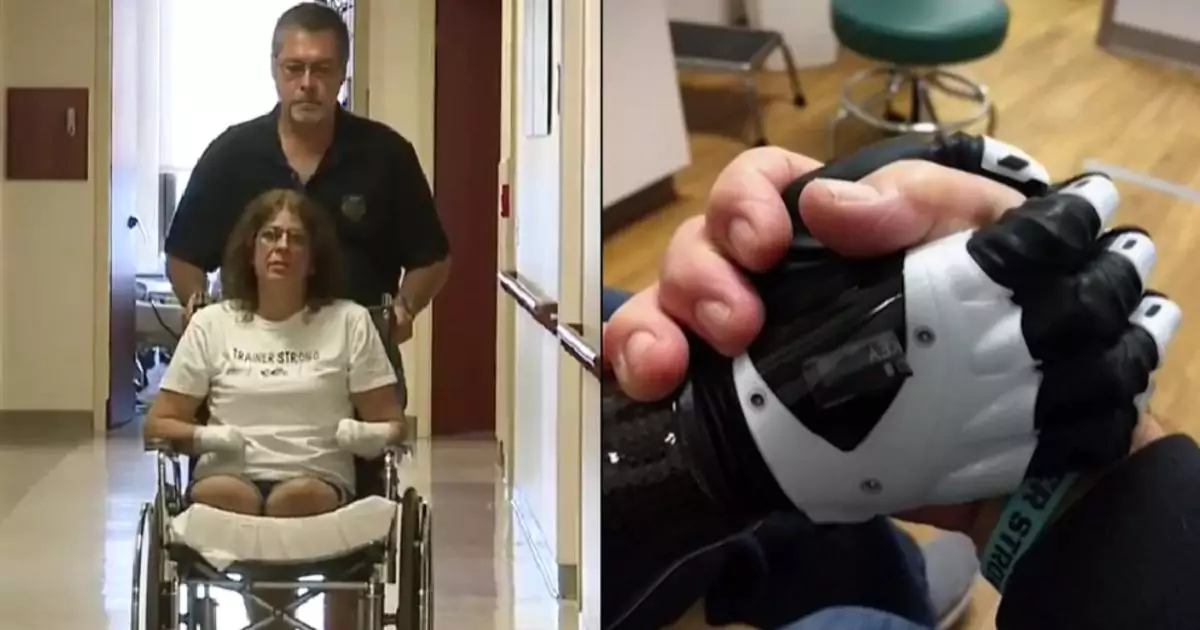
In 2019, Marie Trainer from Ohio experienced a life-altering event after doing something seemingly innocent: returning home from a vacation and being greeted by her beloved dog. What seemed like a normal, everyday occurrence quickly turned into a nightmare. Marie contracted a rare bacterial infection, leading to the amputation of all four limbs. This article opens up her extraordinary story, the dangers of Capnocytophaga canimorsus, and essential tips to stay safe.
What Happened to Marie Trainer?
Marie’s ordeal began when she returned home after a tropical vacation. Her dog greeted her warmly, and she didn’t think twice about a small cut on her hand. However, within days, her health took a drastic turn.
“I wasn’t feeling well and just got sicker,” she explained. Her husband, Matt, rushed her to the hospital when her condition worsened. Doctors soon discovered she had contracted Capnocytophaga canimorsus, a rare bacteria from her dog’s saliva. Despite treatment, the infection spread rapidly, leading to blood clots and necrosis, which required the amputation of all four limbs.
What is Capnocytophaga canimorsus?
Capnocytophaga canimorsus is a bacterium found in the mouths of dogs and cats. While harmless to animals, it can be dangerous to humans if it enters the bloodstream through cuts or bites. According to the CDC, this bacteria can cause severe complications like sepsis, gangrene, heart attacks, and kidney failure. Though rare, infections can lead to severe outcomes, as seen in Marie’s case.

Symptoms of a Capnocytophaga Infection
The symptoms of Capnocytophaga infection can escalate quickly, leading to confusion and delayed treatment. Early signs include:
- Fever
- Vomiting
- Diarrhea
- Muscle and joint pain
- Redness, swelling, or pus around a wound
In severe cases, the infection can lead to sepsis, where the body’s response causes tissue damage, organ failure, or death. If you’ve recently been licked or bitten by a pet and feel these symptoms, seek medical attention immediately.
The Life-Changing Effects of the Infection
Marie’s infection resulted in the loss of her arms and legs. The bacteria spread quickly, causing damage that required urgent medical intervention. Doctors had to amputate both her legs above the knee and part of her arms.
Initially, her prognosis looked grim. But thanks to Dr. Ajay Seth and his team, they managed to save portions of her arms, giving her the ability to regain some function with prosthetics.
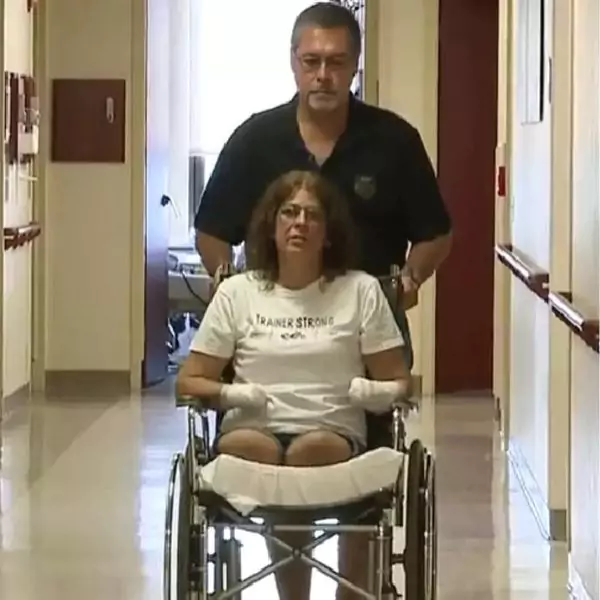
Marie’s recovery has been long and challenging. With the help of advanced myoelectric prosthetics, she can walk, garden, and draw. Her husband, Matt, has been her constant support during this journey. “We just adjust and plan things more carefully,” Matt said about their new life together. Dr. Seth also expressed amazement at Marie’s progress: “To see how far she’s come in five years is miraculous.”
How to Stay Safe from Capnocytophaga Infections
Although Capnocytophaga infections are rare, it’s essential to know how to protect yourself, especially if you own pets. Follow these steps to reduce the risk of infection:
1. Keep Wounds Clean
If you have a cut or wound, avoid letting your pets lick it. Clean the area immediately with soap and water and apply antiseptic to lower the risk of infection.
2. Watch for Symptoms
After a pet bite or scratch, monitor the wound for signs of infection, such as redness, swelling, or pus. If you start feeling sick after the injury, seek medical help right away.
3. See a Doctor Quickly
Even mild symptoms should be taken seriously. If you feel unwell after a pet-related injury, consult a healthcare provider immediately.
4. Ensure Your Pets Are Healthy
Regular vet check-ups can help ensure your pets are free from infections. Keep their vaccinations up to date and maintain good hygiene to reduce the risk of zoonotic diseases.
How Common Are These Infections?
According to the CDC, infections from Capnocytophaga are rare but can be more severe for people with weakened immune systems. Approximately 30% of severe infections, such as sepsis, result in death. Although healthy individuals are at lower risk, it’s essential to understand the transmission risks and take preventive measures.
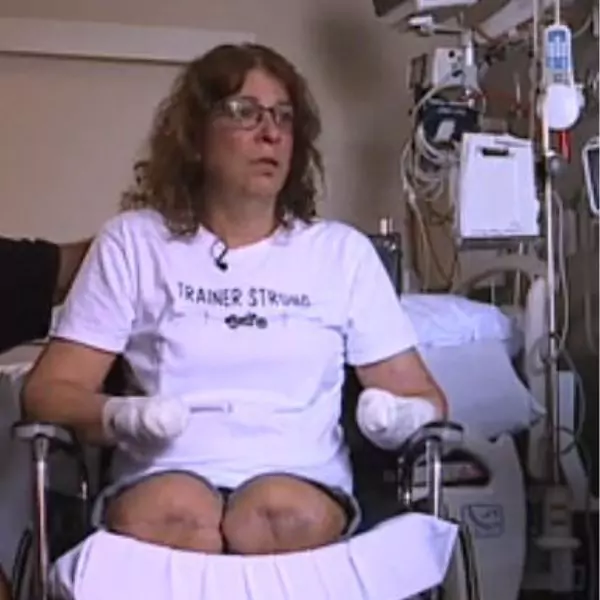
What To Do If You Suspect an Infection
If you think you’ve been exposed to Capnocytophaga or experience symptoms like fever, chills, muscle pain, or redness near a wound, take action quickly. Early medical care can improve your chances of recovery. Here’s what you should do:
- Seek Medical Care Immediately: Early treatment is crucial to avoid severe complications.
- Request Blood Tests: Ensure your doctor checks for bacterial infections, especially if you’ve had recent contact with pets.
- Follow Medical Advice: Antibiotics are typically used to treat the infection, but severe cases may require more extensive medical care.
Safety Tips for Pet Owners After Travel
Marie’s infection wasn’t directly caused by her vacation, but it’s wise to take precautions when returning home after a trip if you have pets. Hygiene and awareness are key to staying safe:
- Wash Your Hands Before Contacting Pets: Clean your hands, especially if you have cuts or scrapes, before interacting with your pets after travel.
- Inspect Your Skin: Look for any unnoticed cuts or scratches, and treat them before engaging with pets.
- Maintain Your Pet’s Hygiene: Keep your pets healthy and clean during your time away, and check their health when you return.
Prioritize Hygiene and Awareness
Marie Trainer’s story highlights the importance of pet safety and personal hygiene. While pets are beloved companions, they can also carry hidden health risks. By taking simple precautions, such as keeping wounds clean, monitoring symptoms, and keeping pets healthy, you can reduce the chance of a similar infection.
If you want to learn more about how to protect yourself and your pets from infections, check out our other articles for more helpful tips and safety advice.





